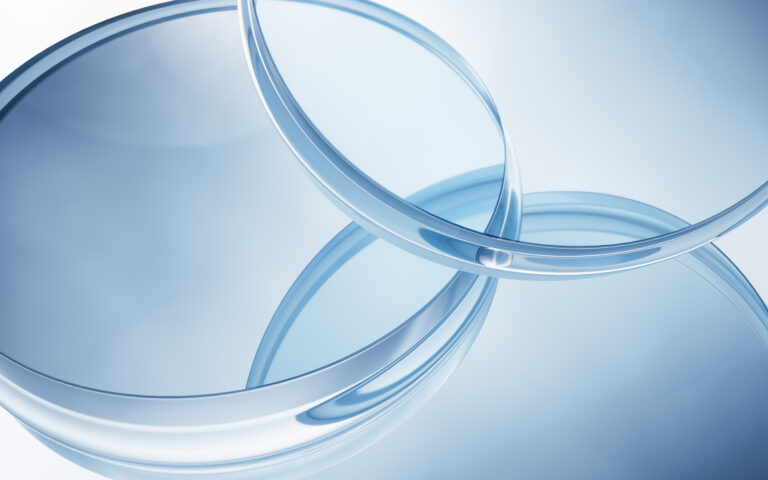If you’ve been told you need cataract surgery, you’re likely focused on getting your vision back, but did you know the type of lens implant you choose can affect how clearly you see afterward? With so many intraocular lens types available today, it’s normal to feel unsure about which one is right for you.
At Florida Eye Specialists, we’re here to help you make an informed decision. Our cataract surgeons will guide you through your options and recommend a lens tailored to your unique vision needs and lifestyle. Here’s what you should know before your procedure.
What Is an Intraocular Lens (IOL)?
An intraocular lens, or IOL, is a small, artificial lens that replaces the eye’s natural lens after it’s removed during cataract surgery. The natural lens becomes cloudy over time, leading to blurry vision and other symptoms of cataracts. Once removed, an IOL is implanted to help restore clear vision.
IOLs are designed to focus light properly onto the retina, which improves clarity and reduces visual distortion. The lens remains permanently in your eye and is customized to your vision needs.
Comparing the Different Intraocular Lens Types
There are several types of IOLs available, and each offers different benefits depending on your lifestyle and prescription needs. Your eye doctor will help guide you to the best choice, but it’s helpful to understand the differences:
Multifocal Lenses
Multifocal IOLs are designed to provide vision at multiple distances, reducing the need for glasses after surgery. These lenses have concentric zones that help your eye focus clearly at multiple distances including near, intermediate, and far.
Light Adjustable Lenses (LAL)
A newer option, Light Adjustable Lenses, can be fine-tuned after surgery using UV light treatments. This allows for highly customized vision correction based on how your eyes heal.
Toric Lenses
If you have astigmatism, toric lenses can help correct this imperfection in your eye’s curvature. These lenses provide sharper vision for patients with moderate to severe astigmatism.
Extended Depth of Focus (EDOF) Lenses
EDOF lenses provide a continuous range of vision, especially at intermediate and distance, by extending the focus range rather than dividing it into zones like a multifocal lens. They can reduce dependence on glasses and may cause fewer halos or glare.
Monofocal Lenses
These lenses offer clear vision at a single distance, usually far. While monofocal IOLs are covered by insurance, most patients will still need reading glasses or glasses for intermediate vision.
Premium Lenses vs. Standard Lenses: What’s the Difference?
The biggest difference between standard and premium IOLs is the level of visual freedom they offer after surgery. Premium IOLs, including multifocal, toric, EDOF, and LAL options, are designed to reduce or eliminate the need for glasses.
While these lenses may involve additional out-of-pocket costs, many patients find the added convenience and improved vision quality well worth the investment. Standard IOLs, such as monofocal lenses, are typically covered by insurance. They offer reliable correction for distance vision but often require you to wear glasses for reading or close work.
Choosing the right IOL depends on your lifestyle, daily visual demands, and whether you’re comfortable wearing glasses post-surgery. Your surgeon will walk you through your options, factoring in your eye health, budget, and long-term vision goals.
Ready to Explore Your Options?
Choosing the right intraocular lens is a personal decision, and one that can make a big difference in your quality of life. At Florida Eye Specialists, our experienced cataract surgeons use advanced diagnostics and offer a full range of intraocular lens types to help you achieve the best possible results.
Schedule your appointment today to learn more about your lens options and take the first step toward clearer vision.

